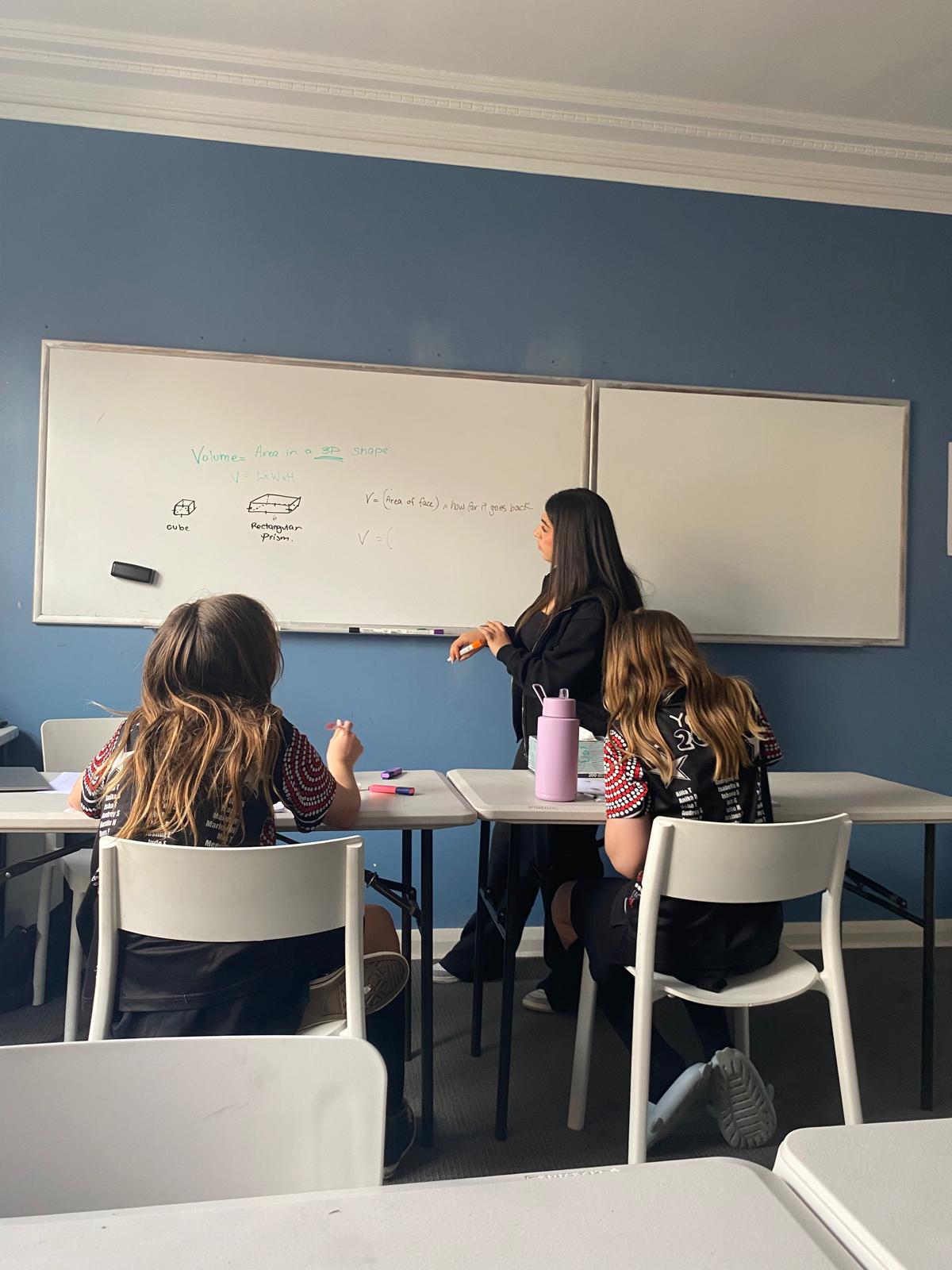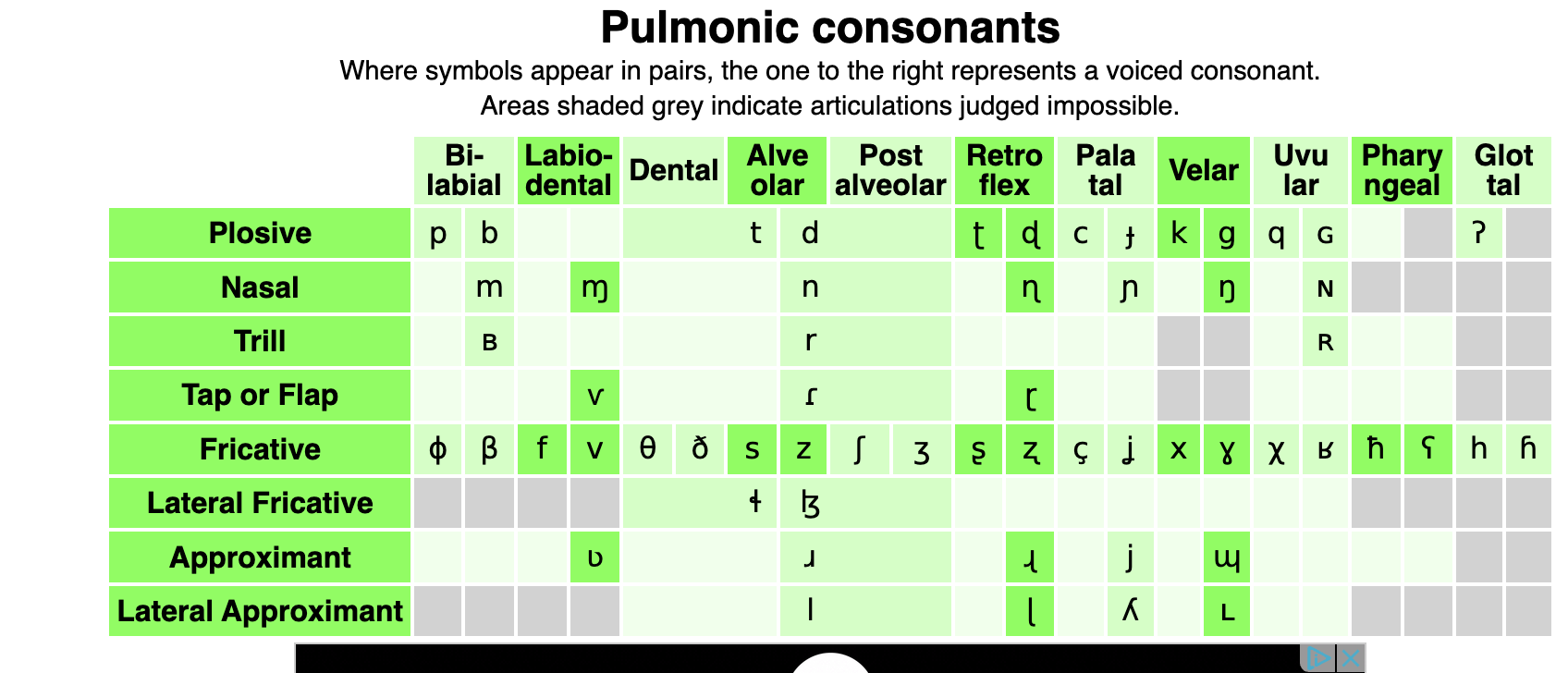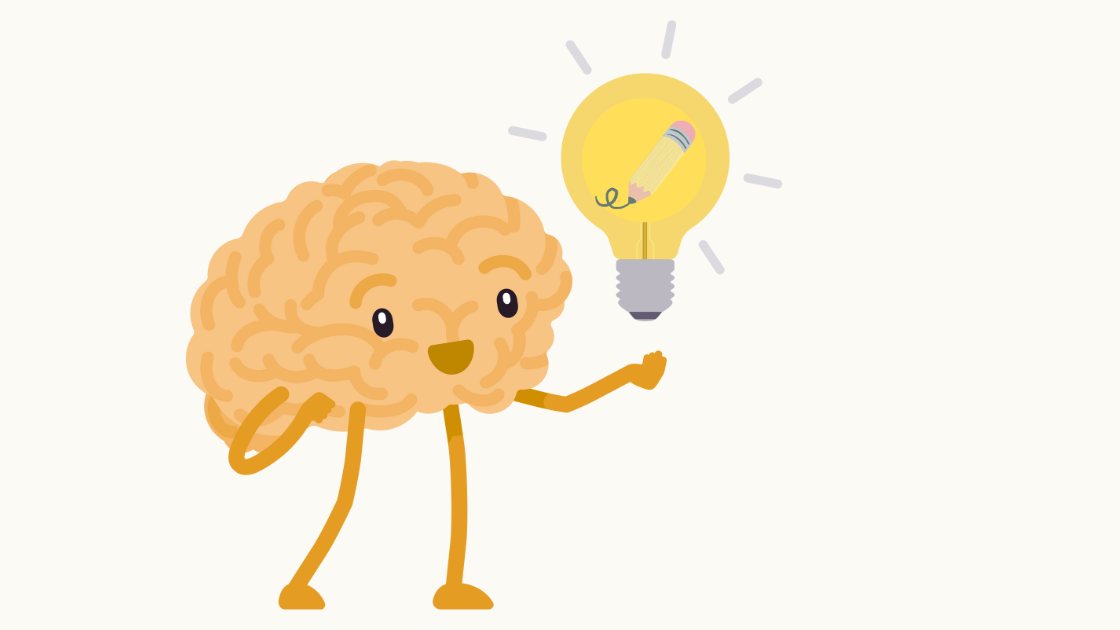
Tutoring is one of those rare roles where the impact often unfolds quietly, yet meaningfully, over time. As a tutor, I’ve come to realise that my work isn’t just about explaining formulas, refining essays, or preparing students for exams, it’s about meeting them exactly where they are, and helping them take confident steps forward. The joy I find in tutoring comes from witnessing these transformations up close, even in the smallest moments.
There’s something incredibly rewarding about seeing a student’s expression shift from confusion to clarity. It’s not just academic understanding they gain, it’s belief in their own abilities. When a student who once hesitated to answer questions begins to contribute ideas confidently, or when a shy writer finally shares a paragraph they’re proud of, I’m reminded that tutoring is as much about building confidence as it is about building skills.
What continually inspires me is how deeply personal the learning journey is for each student. Every session offers a chance to tailor explanations, reframe concepts, and encourage reflection. No two students think the same way, and that challenge and privilege pushes me to become more empathetic, patient, and creative. I get to witness growth not only in my students but in myself.
The most meaningful moments often come unexpectedly: when a parent tells me their child is excited about a subject for the first time, or when a student messages after an exam to say, “I finally understood it.” These moments reaffirm why I do what I do. They remind me that even small improvements can change a student’s relationship with learning.
At its heart, tutoring is about connection and empowerment. It’s about standing beside students as they discover that they are capable of much more than they thought. And for me, there is no greater joy than watching them step into that confidence—one lesson at a time.
Kassandra Pegios










